
The Neumann Model U 64 (1966)
miniature cardioid condenser microphone
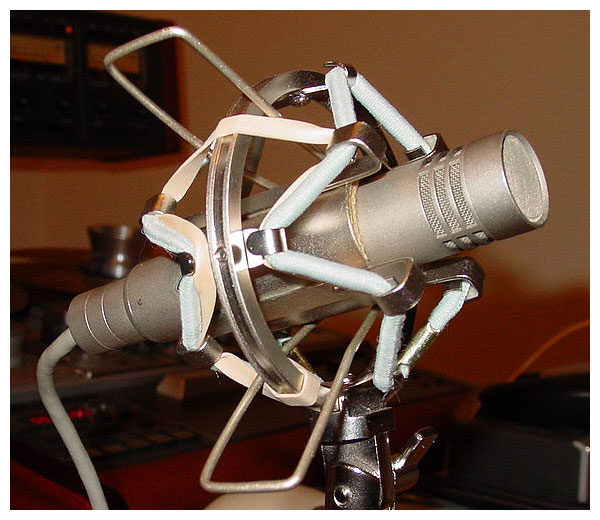
The following description was written by the good people at Neumann in January of 1966. With that thought in mind, phrases such as “the latest,” “newly developed,” “modern design,” and “this new microphone,” et cetera, should be interpreted relative to that period in our history.
The Neumann U 64 miniature condenser microphone differs from the well-known standard range of miniature microphones in the shape of the microphone head. The directional characteristic is cardioid. Special features of this microphone are the independence of the directional characteristic from frequency and a response extended to the high-frequency end. The miniature construction makes it particularly suitable for unobtrusive use in film and television studios.
Basic Features
The microphone is equipped with a newly developed capsule which is a pressure gradient transducer with an acoustical phase shift element. The diaphragm is made of temperature-stable polyester. It is vacuum gold-plated. The frequency response of the microphone extends from 40 cps to 18 kcps. A slight drop at 40 cps compensates for the bass rise at close range typical for all pressure gradient microphones. At the high-frequency end, the response shows a rise of approximately 2 dB.
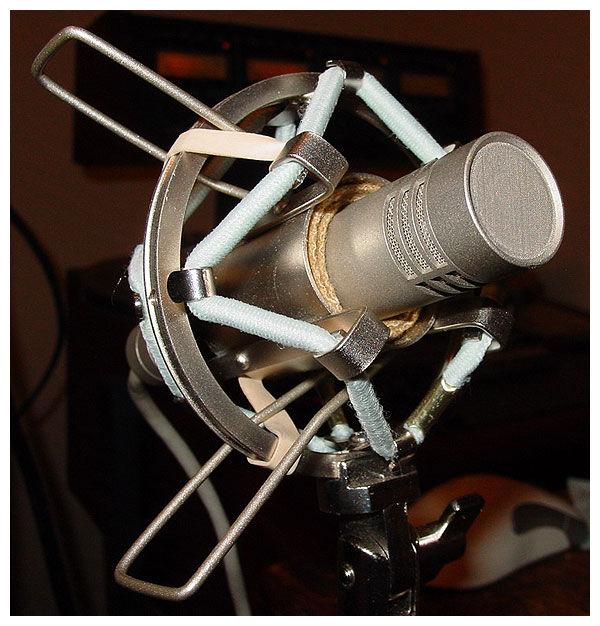
In the development of this new microphone, particular attention was paid to the independence of the directional characteristic from frequency. The frequency response curves for an angle of incidence of ±135° run nearly parallel. The attenuation at 135° is 15 dB in the range from 100 cps to 18 kcps. If, therefore, the sound source moves in a three-quarters circle around the microphone, the level will vary, but the tone quality will remain constant. This would occur if, for instance, an actor changes his position during a recording or if people, during an interview, talk into the microphone from different directions. A further application is in the post-sync studio where changes in the tone quality may occur due to the speaker throwing his voice in a different direction when he is reading than when he is looking at the screen.
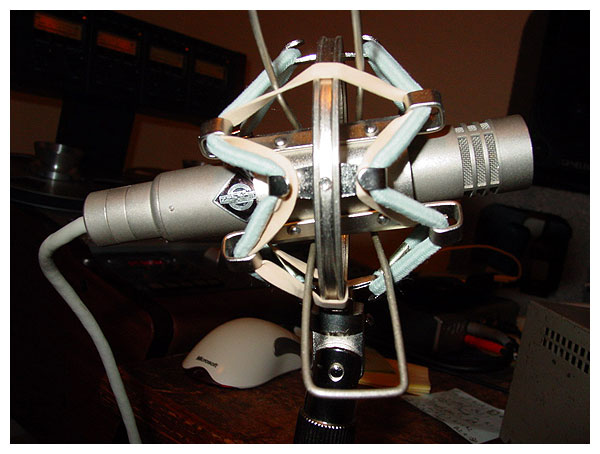
The U 64 contains the capsule head and a complete amplifier stage. The output transformer is astatically wound to avoid hum pick-up. The microphone has an internal resistance of 200 ohms, but can be connected for 50 ohms. microphones that have been connected for 50 ohms before leaving the factory are marked with a red dot beside the serial number. The cardinal direction of the capsule is in line with the axis of the microphone. Consequently, the microphone must be pointed toward the sound source. The difference between the U 64 and the KM 64 lies in the fact that the U 64 is equipped with a Nuvistor.* The Nuvistor is obtainable everywhere, and can be easily replaced as it has a plug-in socket. To avoid overloading the microphone amplifier when recording loud solo instruments at close range, a 10-dB attenuator can be switched in between the capsule and the microphone valve. This enables the highest sound levels that are likely to be met in practice to be recorded without distortion.
*See the Wikipedia entry for Nuvistor.
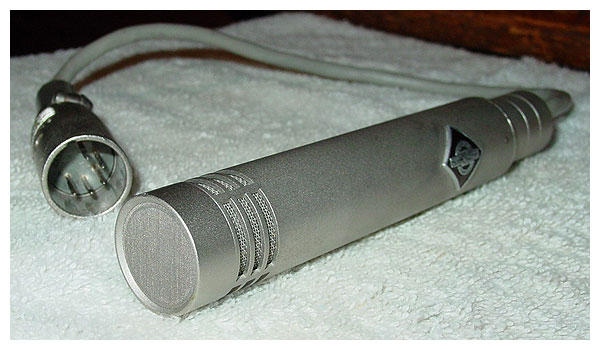
Standard accessories for the U 64
The U 64 microphone is equipped with a five-pole Tuchel connector type T 3362. It is connected to the supply units by means of an extension cable type UC 1 or the microphone cable type UC 2, which has a swivel connecting stud for stand mounting. The U 64 can be fed from a portable power supply unit N 6, and the portable power supply unit N 62 can supply two U 64 microphones. For rack mounting, the plug-in power supply unit N 6k may be used, and the power supply units N 66 and N 66k can supply six type U 64 microphones.

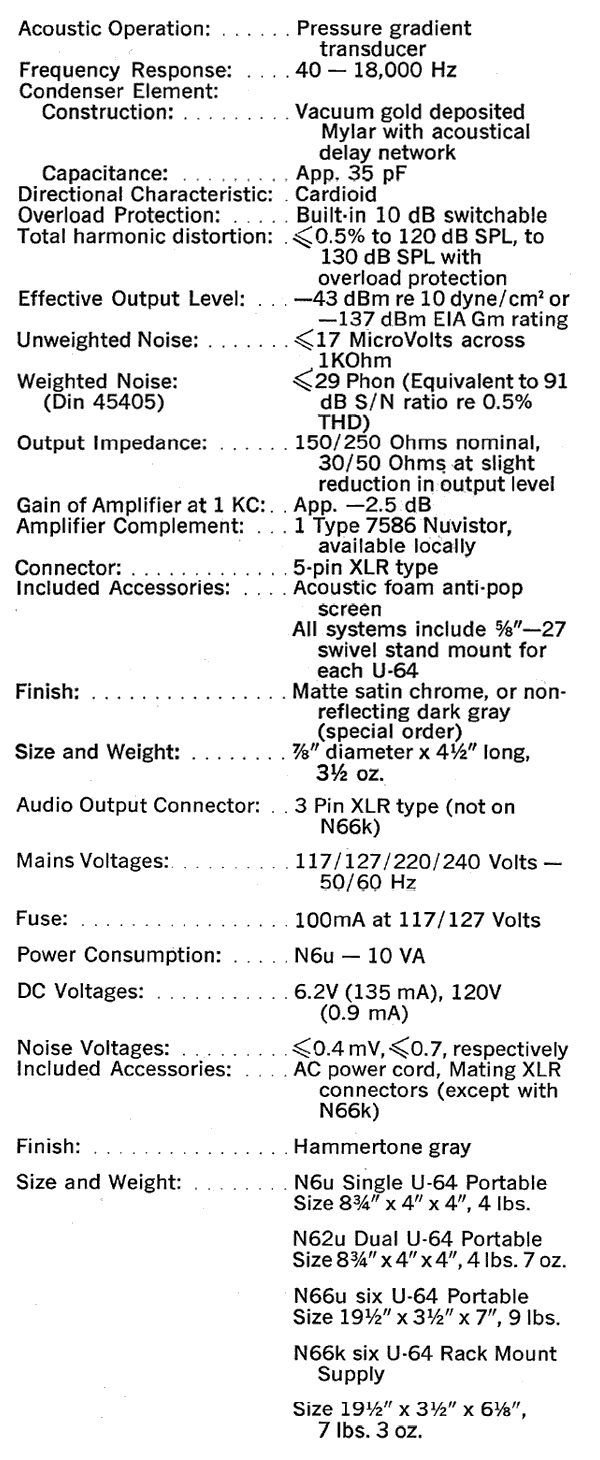


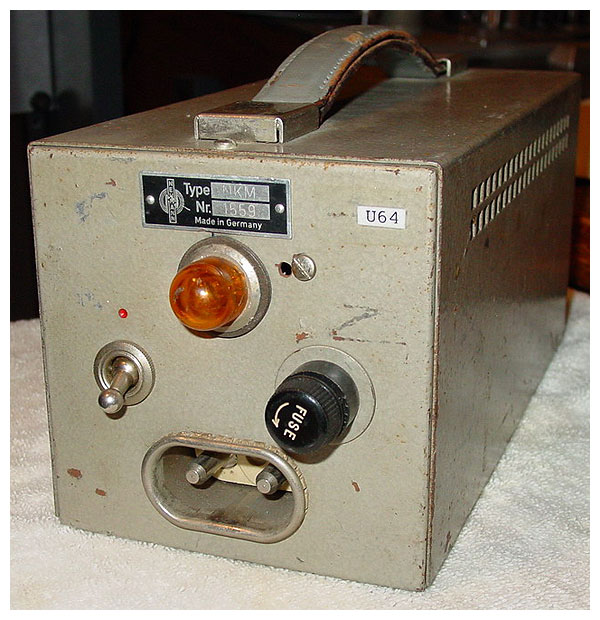
The portable power supply unit NKMa* is suitable for supplying one KM 64* microphone from the mains. The heater and HT† voltages are stabilized. The output voltage from the microphone is obtained on a three-pole Tuchel connector type T 3081. The unit is connected to the mains by means of a mains connector according to DIN 49 493.
*The microphone seen on this page is a U 64, not a KM 64. Furthermore, the power supply shown here is an NKM, not an NKMa. Drawings of the NKMa can be found in the downloadable specifications that are available at the bottom of this page. Apologies for this inconsistency.
†High Tension?
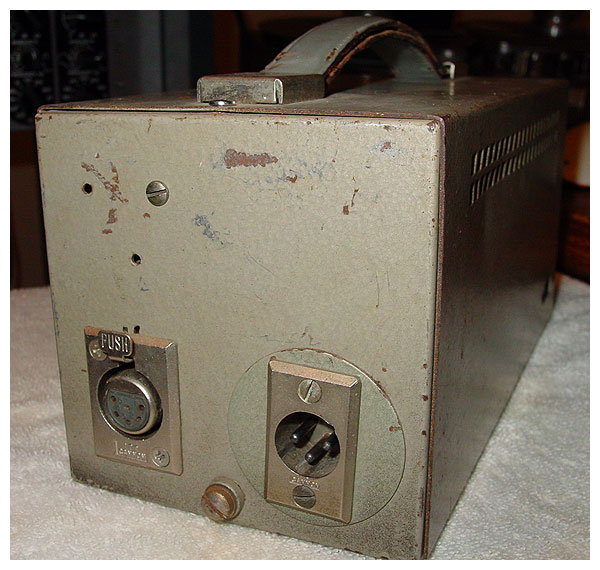

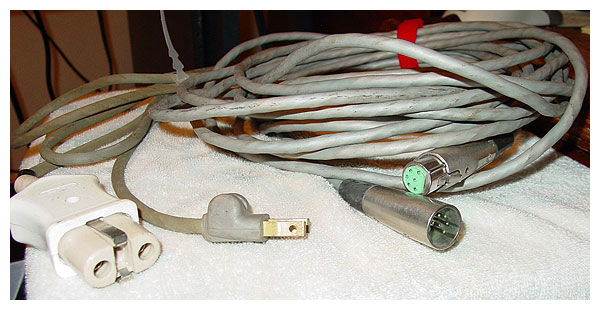
Text quoted from Neumann KM 64 Ñ U 64 Ñ 910-02-01 specification sheet 305, January 1966

Download the marketing brochure for this mic.
Six pages, 1.5 megabyte pdf

Download the specifications for this mic.
Eight pages, 444 kilobyte pdf